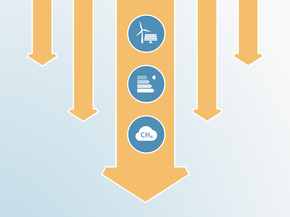Fair Share
Fair share
We rate Norway’s unconditional NDC “Insufficient.” The “Insufficient” rating indicates that Norway’s climate commitment is not consistent with holding warming to below 2°C, let alone limiting it to 1.5°C as required under the Paris Agreement, and is instead consistent with warming between 2°C and 3°C. If all countries were to follow Norway’s approach, warming would reach over 2°C and up to 3°C. This means Norway’s unconditional NDC is at the least stringent end of what would be a fair share of global effort, and is not consistent with the Paris Agreement’s 1.5°C limit, unless other countries make much deeper reductions and comparably greater effort.
In its NDC, Norway states that, based on IPCC AR5 and the IPCC Special Report on 1.5˚C, “regards its nationally determined contribution to represent its fair share of the efforts to achieve the long-term goal of the Paris Agreement” (Government of Norway, 2020c). Norway comes to this conclusion, because the IPCC AR5 shows that global emissions must be reduced by 40-70% by 2050 compared to 2010 levels to limit warming to 2˚C and the Special Report on 1.5˚C that net anthropogenic GHG emissions must be reduced by 40-50% below 2010 levels by 2030 to be in line with 1.5°C (Government of Norway, 2020c). However, Norway would need to be reducing its emissions faster than the global average if one takes into account its high historical responsibility and capability. These equity principles are considered in the CAT rating method, which consequently leads to an “insufficient” rating .
Further information about the risks and impacts associated with the temperature levels of each of the categories is available here.
Further analysis
Latest publications
Stay informed
Subscribe to our newsletter




